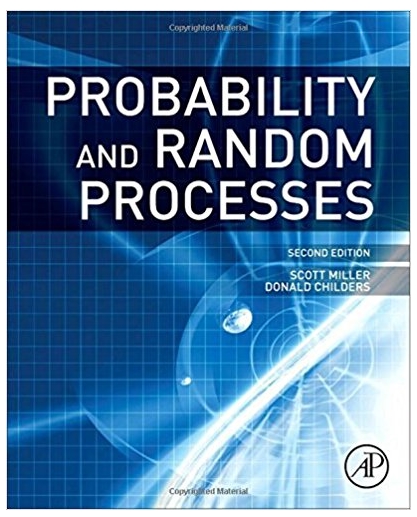Question
Read the problem carefully: Before attempting to solve the problem, make sure you have read the problem thoroughly and understand what is being asked of
Read the problem carefully: Before attempting to solve the problem, make sure you have read the problem thoroughly and understand what is being asked of you. Take note of the numbers and operations involved, and make sure you understand any terms or concepts used in the problem.
TUTORS READ THIS:
Can this tutor "prodindo" do this questions because he did my last ASSIGMENT and he knows about this topic can you guys skip it till it goes to him THANK YOU because he knows this topic and what to do .
Read the problem carefully: Before attempting to solve the problem, make sure you have read the problem thoroughly and understand what is being asked of you. Take note of the numbers and operations involved, and make sure you understand any terms or concepts used in the problem.
Identify what is being asked: After reading the problem, identify what is being asked of you. Look for key phrases or words that indicate what the problem is asking, such as "find the value of x" or "calculate the area of the rectangle."
Plan your approach: Once you have a clear understanding of what the problem is asking, plan how you will solve it. Decide on the appropriate formula or method you will use to solve the problem. If necessary, sketch a diagram or visualize the problem to help you better understand it.
Show your work: As you solve the problem, show your work. Write down each step you take and the calculation you make. This not only helps you keep track of your progress, but also makes it easier to check your work and identify any mistakes you may have made.
Use appropriate units: Make sure to use appropriate units when answering the problem. If the problem involves measurements, use the appropriate units of measurement, such as meters or centimeters, when providing your answer.
Check your answer: After you have solved the problem, double-check your work to make sure you have arrived at the correct answer. This can be done by plugging your answer back into the original problem or by using a calculator to verify your answer.
Look for alternative solutions: Sometimes there may be more than one way to solve a problem. If you arrive at an answer using one method, try to look for alternative solutions to see if you can arrive at the same answer using a different method.
Identify and correct mistakes: If you find that your answer is incorrect, identify where you made a mistake and correct it. Go back through your work to see where you may have made an error in calculation or misunderstood the problem.
Practice regularly: The more you practice solving math problems, the better you will become at it. Make a habit of practicing math problems regularly, whether it's by doing exercises in a textbook or using online resources.
Seek help if needed: If you are struggling to solve a math problem, don't be afraid to seek help. Talk to your teacher or a tutor, or join a study group to get help from your peers. There are also many online resources and forums where you can ask questions and get help from experts in the field.


















Step by Step Solution
There are 3 Steps involved in it
Step: 1

Get Instant Access to Expert-Tailored Solutions
See step-by-step solutions with expert insights and AI powered tools for academic success
Step: 2

Step: 3

Ace Your Homework with AI
Get the answers you need in no time with our AI-driven, step-by-step assistance
Get Started


